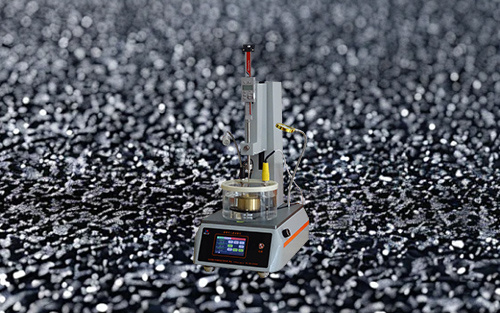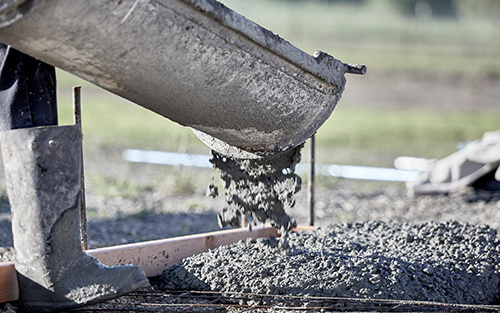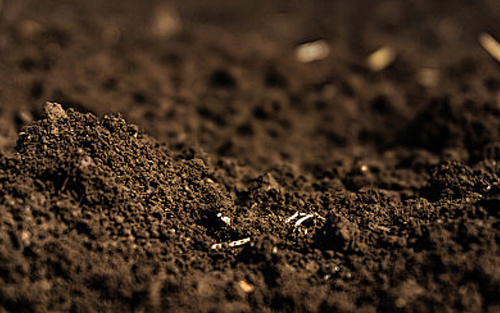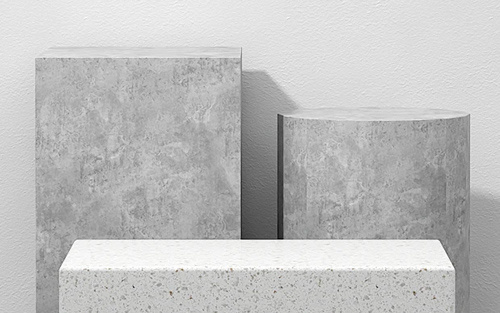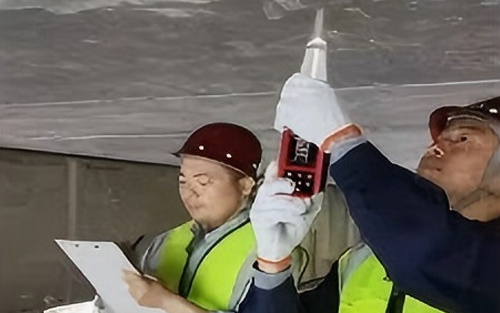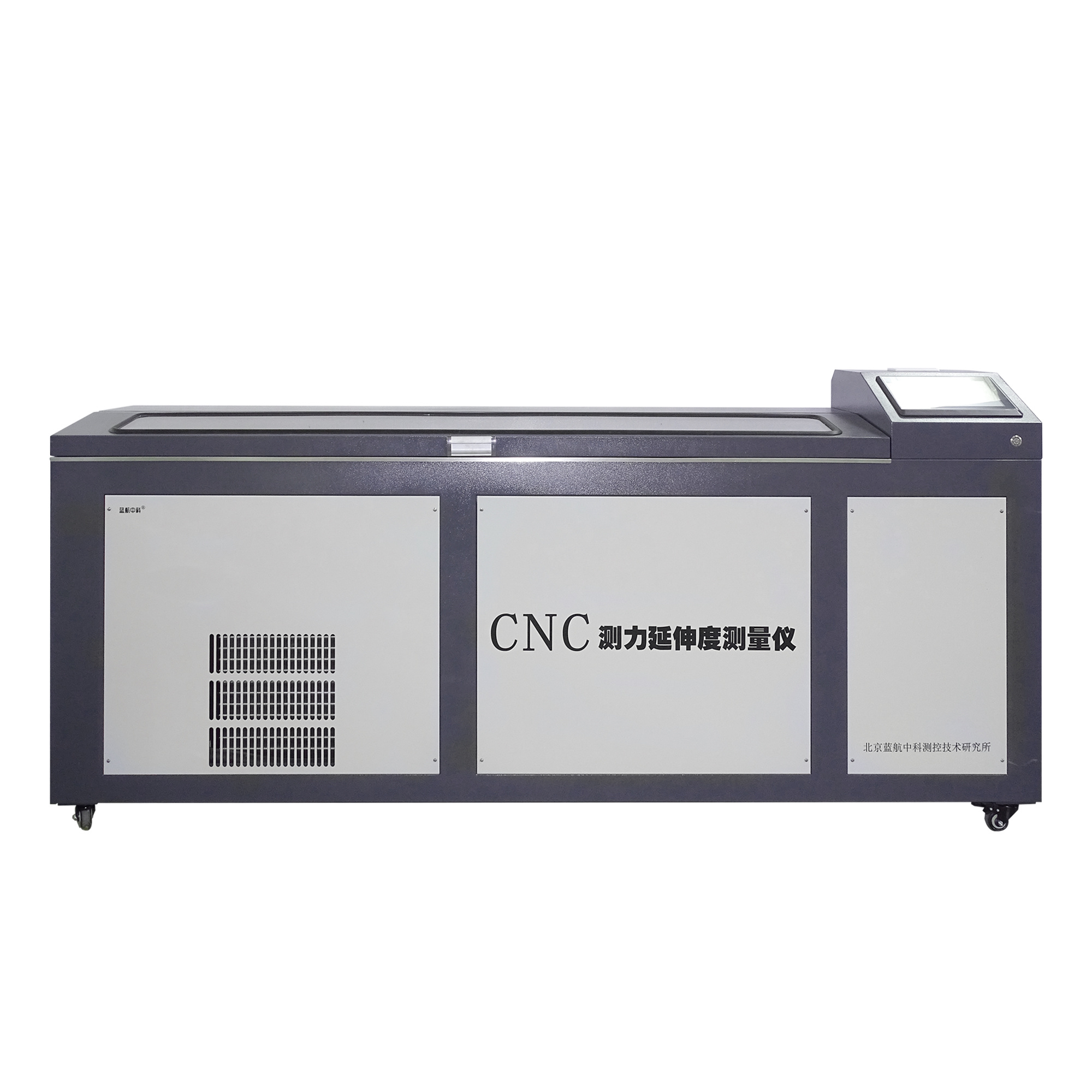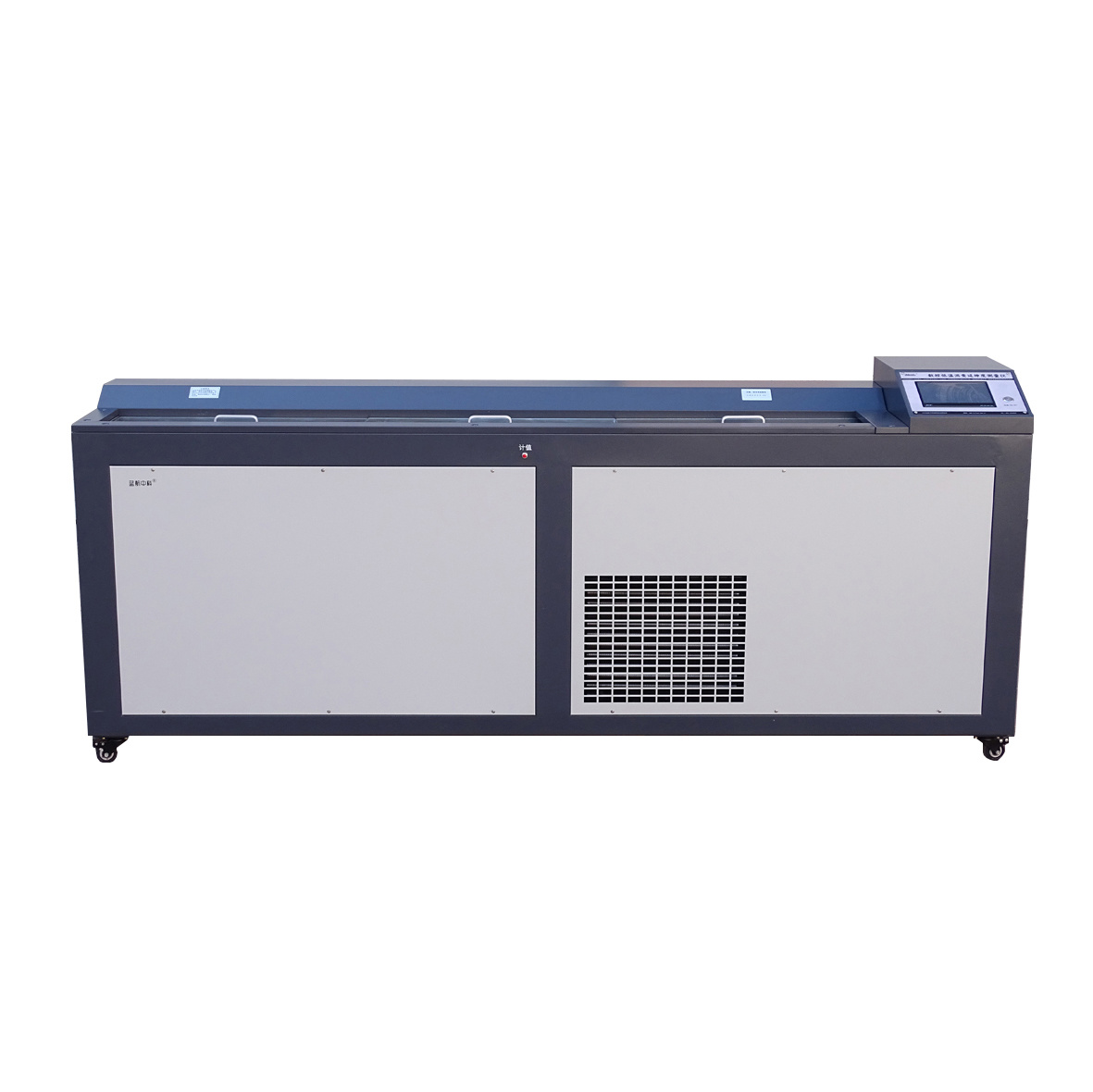Product
Contact Us
E-mail:
sale01@bjlhzk.com
Whatsapp:
+86-13661277123
Address:
313, Unit 2, Floor 3, Building 10, Baiqiang Avenue, Fengtai District, Beijing
Extensibility
Employing an automated design concept, the test tank is completely free of screws, guide rails, and other devices, making sample installation extremely convenient with a maximum tensile length of 1.5 meters. The constant temperature water bath uses a 304 stainless steel double-layer design, equipped with a circulating water tank and a static water tank. The water temperature in the static water tank is uniform and still. The servo motor ball screw transmission design ensures smooth and synchronized tensile process, uniform speed, absolutely no jitter, and accurate elongation display.
Extension test asphalt elongation tester LHSY-1.5D
Suitable for measuring the ductility of various specifications and models of asphalt, liquid asphalt distillation residue, and asphalt emulsion evaporation residue. It can automatically control the temperature, has a stepless speed regulating device, and can simultaneously conduct tests on three test specimens. Various tensile speeds can be selected, and it is widely used in production, road construction, and scientific research departments, and is even more suitable for modified asphalt tests.
LHSY-1.5B Extensibility Tester for Asphalt Elongation Test
Suitable for measuring the ductility of various specifications and models of asphalt, liquid asphalt distillation residue, asphalt emulsion evaporation residue and other materials. It can automatically control the temperature, stepless speed regulation device, and can simultaneously conduct tests on three test specimens. It can realize the selection of various tensile speeds, and is widely used in production, road construction and scientific research departments, and is more suitable for the test of modified asphalt.
LHYY-8 Low Temperature Extensibility Tester
This device measures the length, in mm, at which petroleum asphalt stretches to breaking point under specified conditions and temperature, according to the methods stipulated in GB/T 4508-2010 or T 0605-2011.


